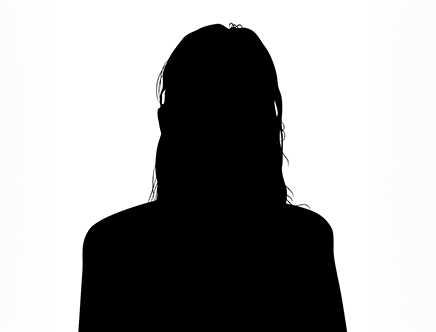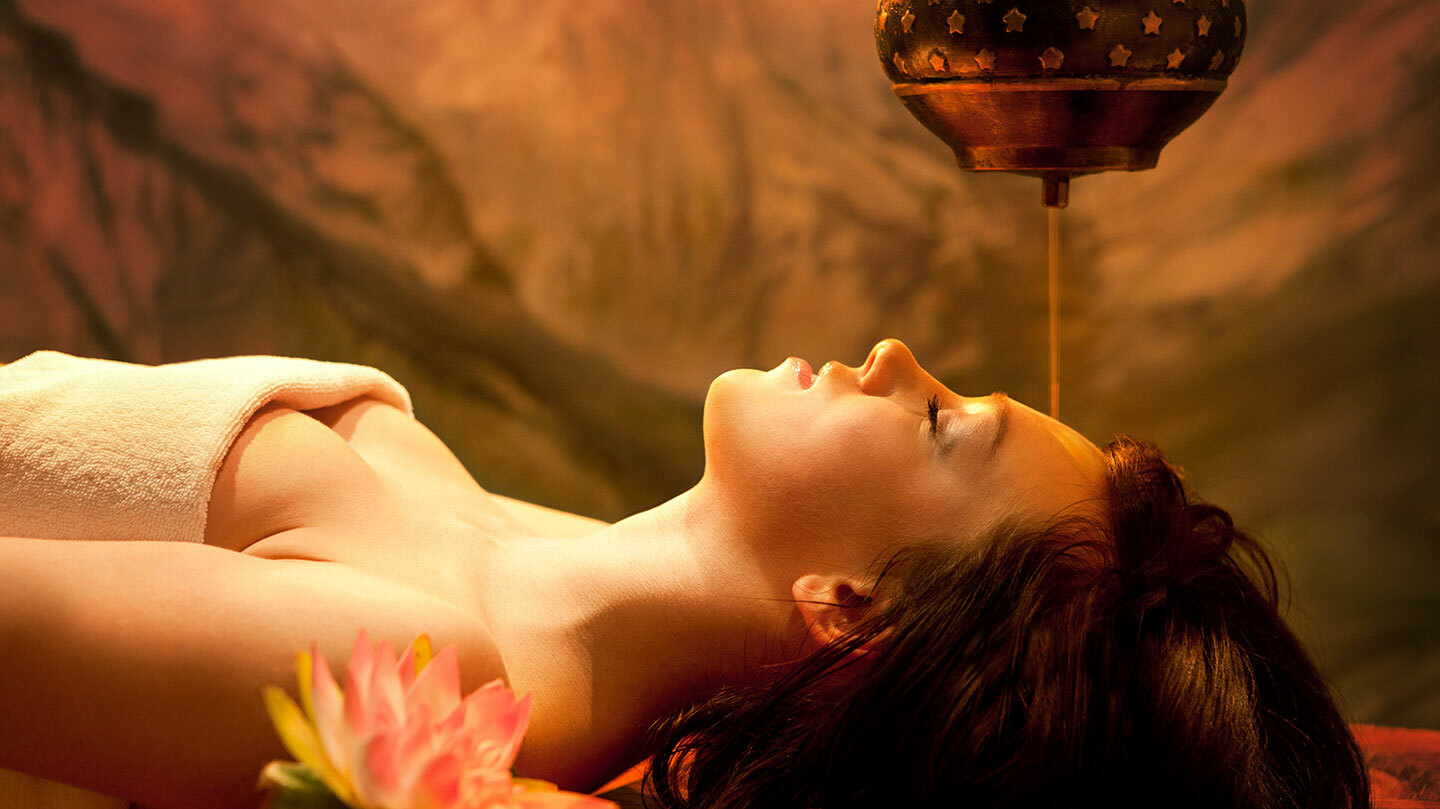Ayurveda is a system of traditional Indian medicine, which is used as a complementary holistic therapy, designed to work alongside - rather than replace - mainstream medicinal practices.
Ayurveda is strongly influenced by Hinduism and Buddhism and focuses on balance and moderation in the pursuit of longevity in life. Ayurvedic treatments concentrate on the realigning of chakras and qi within the body to promote equilibrium and restore symmetry.
With unusual titles and exotic ingredients, an Ayurvedic treatment can seem a little mysterious to the uninitiated. Here at The Good Spa Guide we like our readers to have all the facts, so we have teamed up with the Ayurvedic specialists at Antara Spa at the Chelsea Health Club in London to give you the low-down on these phenomenally relaxing and centring treatments.
"During Abhyanga, medicated oil specific to the client's constitution (Prakriti) or medical condition is chosen and heated to a warm temperature for massage. The massage strokes are long and flowing to keep the body warm for maximum absorption of the medicinal oil. More pressure is used in the downward direction to calm Vata Dosha by encouraging its normal downward flow. Abhyanga also balances the Prana (vital life force) in the body."
"Abhyanga is an important element in Ayurveda which is used to bring the Doshas back to equilibrium by the pharmalogical action of the herbs used in the preparation of the oils."
"The aim of Ayurveda is not only to cure disease, but also to maintain good health. Regular Abhyanga is therefore encouraged in both the healthy and those with health concerns. It is an excellent treatment for anyone suffering from muscle ache and stiffness, backache, stress and mental fatigue and is especially good in imbalance of the Vata Dosha."
"Abhyanga is seen as an easy way of administering medicinal herbs by absorption through the skin. Oils of different potencies are used to balance the Doshas. The qualities inherent in oil - being warm, heavy and oily in nature - are directly opposite to the qualities of Vata Dosha and it therefore has an especially balancing effect on a particular Dosha type. However, according to the type of oil used, Abhyanga is also used to balance the other Doshas. Vata is the Dosha that becomes aggravated under mental and physical stress and strain, and by balancing this, Abhyanga gives a feeling of groundedness and a deep sense of relaxation to the client."
"In Udvartana the body is massaged with powdered herbs or a herbal paste in the direction opposite to that of hairgrowth. The massage is carried out vigorously to increase circulation and remove toxins trapped in the body tissues."
"Udvartana is aimed at weight loss and excess Kapha Dosha in the body, and is helpful in reducing cholesterol levels, improving muscle tone, deeply exfoliating the skin and also giving mobility to the joints."
"Udvartana is recommended for those who want to lose weight and those with an excess of Kapha Dosha. It is also a good treatment to enhance the complexion of your skin."
"The herbal powders used in Udvartana are drying in nature and therefore have a drying effect on Kapha, which is heavy and moist in nature. Performing the strokes in the opposite direction to hairgrowth, i.e. in an upward direction, further breaks down Kapha and adipose tissue in the body, whilst also boosting circulation and the removal of toxins from the body."
"Pizhichil is a treatment in which warm medicated oil is poured over the body whilst a massage is performed. The warm oil is poured from a special vessel called a Kindi, held at a distance of a few inches from the body. Medicated oil is chosen according to the constitution or condition of the client."
"Pizhichil is an excellent treatment for balancing the Doshas, especially Vata, and is particularly useful in injuries such as fractures. It is also used in neurological conditions such as paralysis, including monoplegia, hemiplegia and paraplegia. It removes pain and stiffness in the joints and improves digestion."
"Pizhichil is most suitable for those with injuries, painful conditions, stiffness etc."
"The heat of the oil used in Pizhichil causes perspiration, which in Ayurveda is seen as a way to balance Vata and also remove stiffness, pain and toxins from the body."

Summer Spy
28th January 2013
Spy Likes:
Warmth and sunshine; spas which take me away to another country; fruit infused waters; beach-worth pedicures; deep tissue massages.
Spy Dislikes:
High footfalls; treatments that over promise and under deliver; heavy lunches; loungers drapped in used towels.
